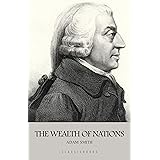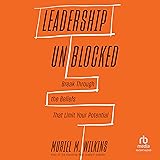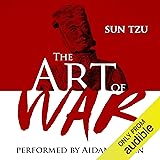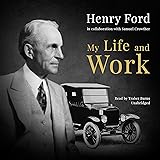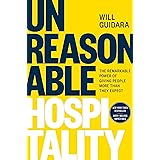The recent video highlights an intriguing approach to acquiring physical precious metals: purchasing a 1 oz **Costco gold bar**. This particular transaction, as shown, transcends a mere retail purchase, prompting a deeper examination of the underlying financial strategies and considerations at play when investing in hard assets.
For savvy investors and individuals focused on wealth preservation, the decision to buy physical gold often stems from a desire to diversify portfolios and hedge against economic uncertainties. Gold has historically served as a reliable store of value, particularly during periods of inflation or market volatility. Consequently, understanding the nuanced rationale behind such an acquisition is paramount.
The Rationale Behind Acquiring Physical Gold
The purchase of a **Costco gold bar** for $2359, contrasted with a spot price of $2336, immediately brings the concept of a premium into focus. Physical gold, whether in bar or coin form, almost invariably trades at a price above the prevailing spot rate due to manufacturing, distribution, and retailer markups. However, the accompanying acquisition of 2359 credit card points effectively mitigates this premium, transforming it into a more advantageous entry point for the buyer.
This strategy of leveraging credit card rewards to offset the premium on a precious metal purchase demonstrates a sophisticated approach to asset accumulation. It allows for the acquisition of a tangible asset while minimizing the additional cost typically associated with physical ownership. Such tactics appeal to those who meticulously optimize their financial transactions.
Gold as a Store of Value and Currency Conversion
One compelling argument for buying gold is viewing it not as an expenditure but as a conversion of one currency to another. Unlike fiat currencies, which can be subject to devaluation through inflation and government monetary policy, gold possesses an intrinsic value derived from its scarcity and industrial applications. This makes it an appealing alternative for individuals concerned about the long-term purchasing power of traditional money.
The concept of gold as a non-fiat currency emphasizes its role as a safeguard against systemic financial risks. Many investors utilize precious metals to preserve wealth across generations, understanding that its value tends to hold steady, or even appreciate, when other asset classes struggle. Therefore, the strategic allocation of capital into physical gold is often a deliberate move towards a more resilient financial posture.
Navigating the Tax Implications of Gold Investment
While the immediate benefits of acquiring a **Costco gold bar** through optimized credit card rewards are clear, the long-term tax implications demand careful consideration. Selling precious metals can trigger capital gains taxes, which for collectibles like gold, often fall under a specific tax bracket. For assets held for more than a year, the IRS currently taxes these gains at a maximum rate of 28% for most taxpayers, a higher rate than long-term capital gains on other assets like stocks.
Furthermore, reporting requirements exist for certain precious metals transactions. Cash purchases of gold exceeding $10,000 may necessitate IRS Form 8300, and selling specific types and quantities of gold (e.g., 1 oz American Gold Eagles totaling 25 oz or more) could require the seller to file a Form 1099-B. Therefore, a comprehensive understanding of these rules is crucial to avoid unforeseen tax liabilities and ensure compliance, especially for those who might consider writing off related expenses as a financial content creator.
Practical Considerations for Acquiring Precious Metals
Beyond the financial mechanics and tax implications, practical aspects of owning physical gold must be addressed. Security and storage are paramount concerns, as a physical gold bar requires safekeeping to protect against theft or loss. Options range from personal home safes to secure third-party vaults, each carrying its own costs and risks.
Conversely, the liquidity of physical gold, while generally high, differs from that of readily tradable paper assets like ETFs or mining stocks. Selling a physical bar often involves finding a reputable dealer, which can entail transaction fees and potentially a lower bid price compared to the spot market. However, purchasing from a reputable vendor like Costco inherently offers a degree of assurance regarding authenticity and purity, mitigating some initial concerns often associated with less transparent markets.
This nuanced perspective on the **Costco gold bar** acquisition underscores a broader trend in personal finance towards tangible asset accumulation. It highlights the importance of strategic purchasing, a thorough understanding of market dynamics, and diligent tax planning. Ultimately, for those keen on wealth preservation and portfolio diversification, integrating physical gold into an investment strategy, especially when acquired advantageously, can be a compelling decision.




